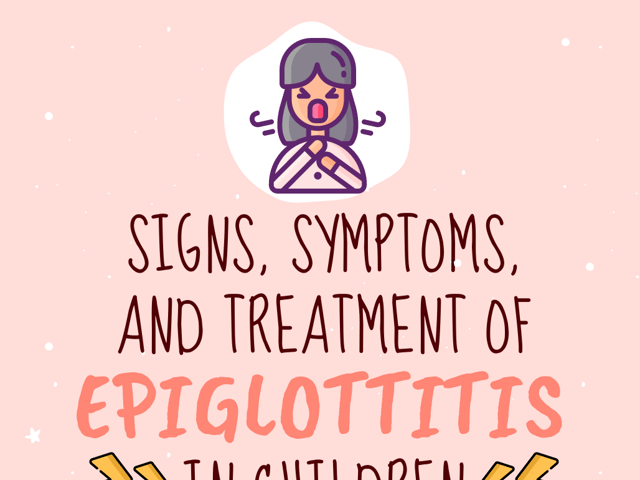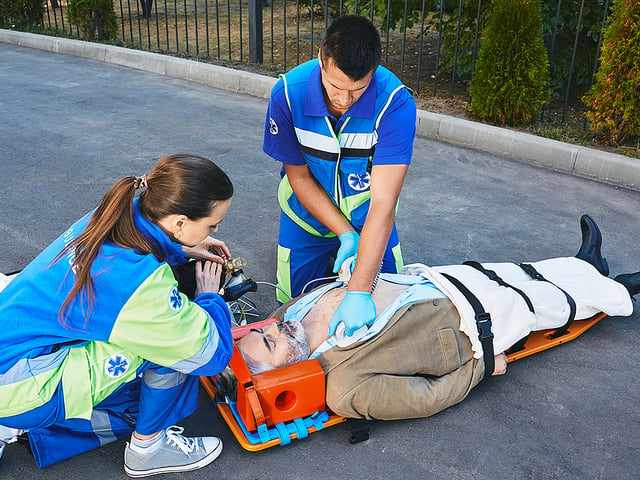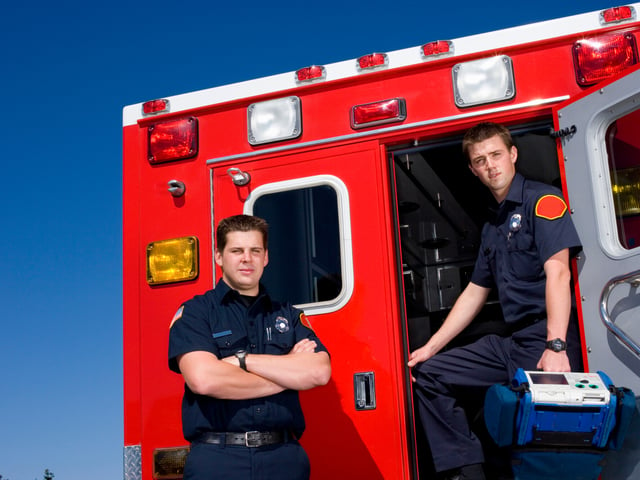
Signs, Symptoms, and Treatment of Epiglottitis in Children
The epiglottis is the small flap of cartilaginous tissue at the back of the throat that covers the larynx and trachea when we swallow, preventing aspiration of food or liquid into the lungs. Epiglottitis is when the epiglottis becomes inflamed, most commonly from a bacterial infection. This is typically seen in children ages two to six and is a life-threatening emergency.
Signs and Symptoms
When a child has epiglottitis, they are at risk of a complete airway obstruction since the epiglottis can double or triple in size. Besides the child appearing extremely sick, other signs and symptoms of epiglottitis are:
- Sudden onset
- Extremely sore throat
- High fever
- Drooling
- Tripod position
- Anxiousness or distress
- Muffled or hoarse voice
- Stridor (a late sign of impending airway obstruction)
Treatment
A child with epiglottitis needs to be handled gently. It is crucial for healthcare providers not to do anything that will make them cry. High-flow, humidified oxygen is recommended, administered in a position of comfort. Many times, their position of comfort is sitting upright in a parent’s lap or arms, with the parent holding the nonrebreathing mask near the child’s face.
Never put anything in the child’s mouth, as it could cause laryngospasms, resulting in a complete airway obstruction. If first responders are treating the child, rapid but calm transport to the closest medical facility is required.

Keep Reading

Emergency Medical Technician Test Blog
How Many Questions are on the NREMT?
The National Registry of Emergency Medical Technicians (NREMT) exam is …

Emergency Medical Technician Test Blog
How Hard is the EMT Test?
EMTs (Emergency Medical Technicians) are required to have strong medica…

Emergency Medical Technician Test Blog
What Is a Passing Score on the NREMT Exam?
The job outlook for EMTs and paramedics is strong. The Bureau of Labor …